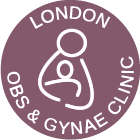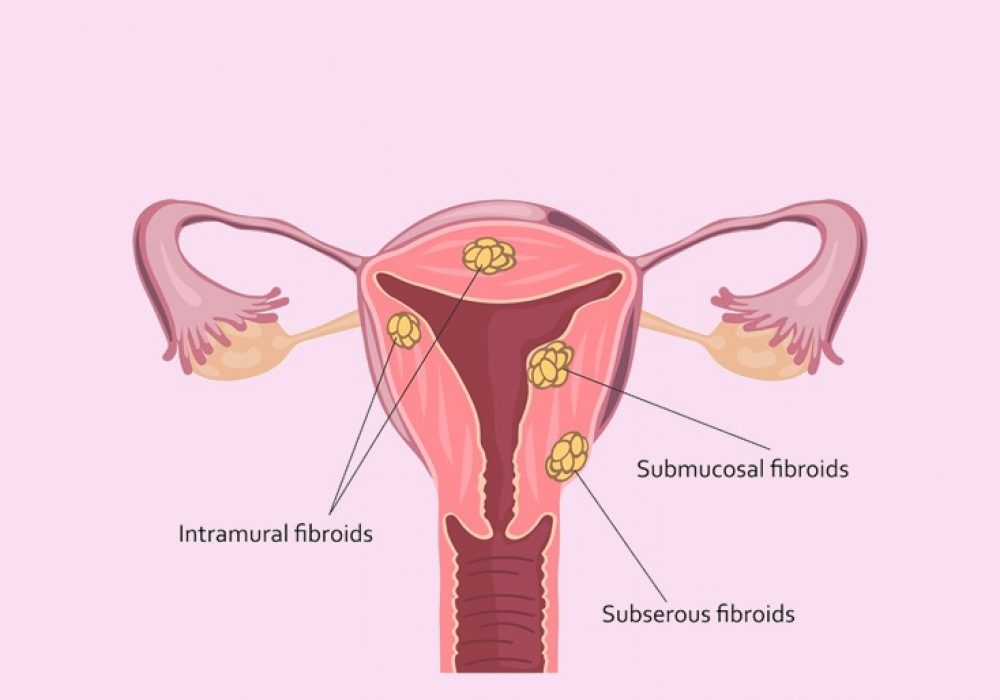Myomectomy is the surgical removal of fibroids while leaving the uterus in place. Because a woman keeps her uterus, she may still be able to have children. Fibroids do not regrow after surgery, but new fibroids may develop. If they do, more surgery may be needed.
Hysterectomy is the removal of the uterus. The ovaries may or may not be removed. Hysterectomy is done when other treatments have not worked or are not possible or the fibroids are very large. A woman is no longer able to have children after having a hysterectomy.

